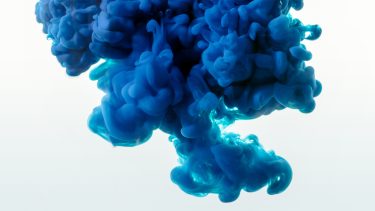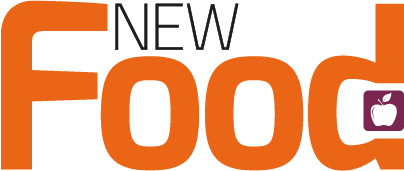Spectroscopic analysis of food dyes: ensuring colour consistency
In this webinar we demonstrate the ability to assess a material’s colour using UV-Visible instrumentation. These analyses consist of determining the colour of multiple food dye samples, as well as the colour difference between samples.


The US Food and Drug Administration (FDA) outlines a list of dyes and alternative pigments which are acceptable for use in food products. As this list is subject to change, some commonly used dyes, like FD&C 3, are being listed as unusable and must be replaced with an acceptable dye within a specified timeframe.
This can be a huge challenge. For one colour, there can be many alternative pigments, making it harder to select the best replacement dye. To retain the same appearance for a given colour, these new dyes must be vetted and demonstrate minimal difference in appearance. Consequently, a robust method for ensuring the colour of the new system is indistinguishable from the old pigment is needed.
In this webinar, we show you how UV-Visible absorption measurements can be used to demonstrate the colour analysis process as well as methods of comparison between different red pigments, such as FD&C 3. We will also outline how to determine the optimal conditions to mimic the colour of FD&C 3 through these analyses, indicating how UV-Visible instrumentation can be used to ensure a consistent colour between products when using different dyes.
We will cover:
- How, as the colour of these pigments is observable by eye, these compounds can readily be analysed using UV-Visible techniques
- How, using the measured absorption spectrum of these dyes, the colour of these samples can be ascertained without bias
- How the colour difference between two samples can be gleaned, providing a method for assessing how close a replacement dye is to the original pigment.
Key learning points:
- Learn how to determine commonly used colour values through UV-Visible measurements
- Gain insights into UV-Visible analyses of various sample types (eg, powders vs liquids)
- Understand methods for determining the best colour match between food dyes.
OUR SPEAKERS


Jennifer Empey-Kohl, Applications Scientist, Thermo Fisher Scientific
Jennifer Empey-Kohl has been with Thermo Fisher Scientific as an Applications Scientist for three years where she supports cuvette-based UV-Visible instruments. Prior to this position, she received her PhD in chemistry from The Ohio State University, where she used various spectroscopic techniques to study colloidal nanoparticles.
FAQs
FAQs
Is the panel discussion free?
Yes – there is no charge to watch the panel discussion, either live or on-demand.
When will the panel discussion take place?
24 September 2025 at 3pm BST, 4pm CET time, 10am USA
Can I watch it later?
The panel discussion will become available to watch on-demand shortly after the live webinar takes place.
What are the benefits of attending live?
You’ll be able to ask the speakers your questions, which will be answered live in the Q&A towards the end of the session.
How long will the panel discussion be?
This panel discussion will last up to an hour.
What do I need to watch this panel discussion?
All you need is a computer with an internet connection. We recommend using headphones if possible if you’re in an office environment.





